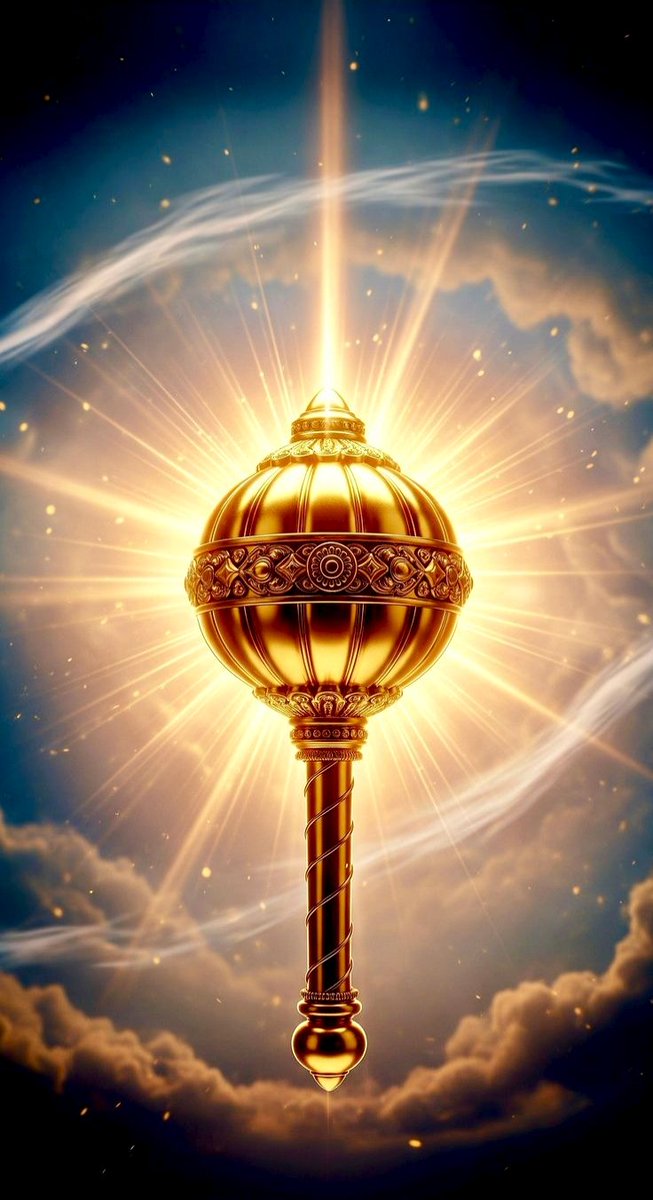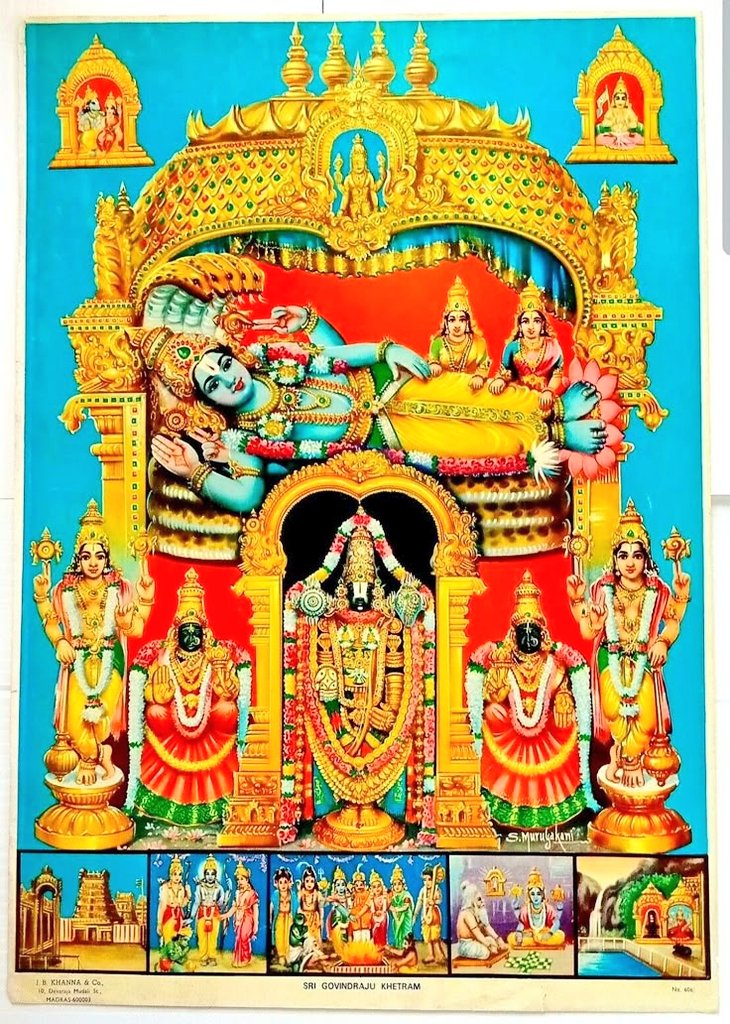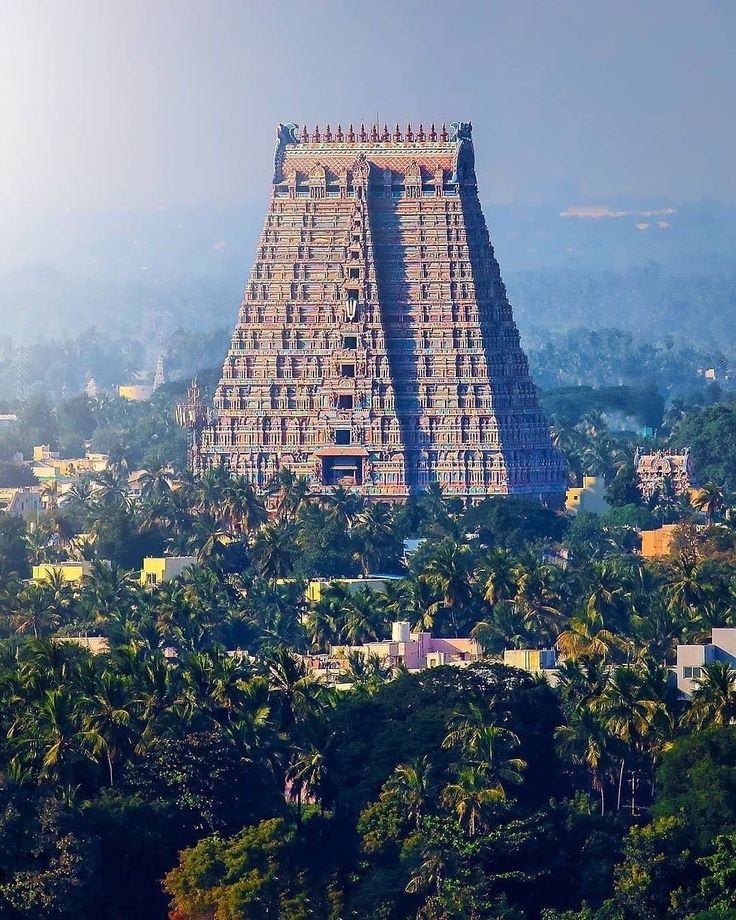🌺Akshardham Temple, New Delhi🌺
An epitome of Indian culture, spirituality, and architecture, Akshardham Temple is a famous Hindu temple and a spiritual-cultural complex. Also known as Swaminarayan Akshardham, it is dedicated to Lord Swaminarayan.

An epitome of Indian culture, spirituality, and architecture, Akshardham Temple is a famous Hindu temple and a spiritual-cultural complex. Also known as Swaminarayan Akshardham, it is dedicated to Lord Swaminarayan.


Akshardham has made its way to the Guinness Book of World Records as the World's Largest Comprehensive Hindu Temple.
The Akshardham Temple is known for its stunning architecture. It has eight ostentatiously carved mandapams while timeless Hindu teachings and...

The Akshardham Temple is known for its stunning architecture. It has eight ostentatiously carved mandapams while timeless Hindu teachings and...


...flamboyant devotional traditions find their place on the temple's walls. The centrepiece, i.e. Lord Swaminarayan's Murti along with that of 20,000 deities, significant personalities in Indian history and sages showcase the essence of Indian architecture, traditions... 



...and timeless spiritual thoughts
Akshardham complex is home to India's largest step well which is a host to the mesmerising water show; an open garden, Narayan Sarovar, various expeditions, and rituals. The complex is not less than a paradise for spiritual seekers.

Akshardham complex is home to India's largest step well which is a host to the mesmerising water show; an open garden, Narayan Sarovar, various expeditions, and rituals. The complex is not less than a paradise for spiritual seekers.


The temple opened on 6th November 2005 is constructed by BAPS (Bochasanwasi Shri Akshar Purushottam Swaminarayan Sanstha). The main attraction of the complex, i.e. the Akshardham Mandir stands as high as 141 foot, stretches as wide as 316 foot and extends as long as 356 foot. 



The walls and roofs carved with the images of different deities, musicians, dances, flora, and fauna are a work of great architecture. Every detailing here speaks highly of Indian cultural aspects. 



A blend of several ancient styles of Indian architecture has been used to build the Swaminarayan Akshardham Mandir. The principles of Maharishi Vastu Architecture are followed carefully in its construction. 



The builders of this beautiful temple have abided by the norms Shilpa Shastras and hence have made no use of steel and concrete to maximise the lifespan of this great architectural piece. Akshardham is entirely a temple built of Rajasthani pink sandstone & Italian Carrara marble. 



It has nine domes with 20,000 murtis of different deities, acharyas, and sadhus
Garbhagruh
Under the temple's central dome is the 11-foot high statue of Swaminarayan seated in Abhayamudra. Surrounding him are the figures of the divine succession of Gurus.

Garbhagruh
Under the temple's central dome is the 11-foot high statue of Swaminarayan seated in Abhayamudra. Surrounding him are the figures of the divine succession of Gurus.


As manifestations of Aksharbrahma, the gurus are God's eternal servants, symbolising devotion and saintliness. Garbhagruh behind itself offers the items sanctified by Lord Swaminarayan during his premises on Earth for direct darshan. 



• • •
Missing some Tweet in this thread? You can try to
force a refresh


















